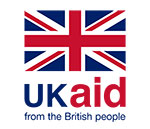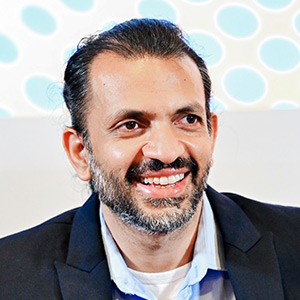We bring this series of mobile network operator (MNO) e-waste management efforts to an end with this article.
While studying the e-waste policy environment across 85 countries in Africa, South and Southeast Asia, interestingly we found 67 e-waste management efforts led by MNOs. These are spread across 40 countries. Out of these efforts:
- 38 are customer awareness programmes;
- 43 are programmes based on collecting different types of e-waste;
- 30 are programmes based on specifically collecting mobile phones; and
- 25 are related to management of e-waste from MNO towers and office locations.
Our e-waste blog series highlights a few of these projects, identifying success factors that enabled the operators to achieve intended targets or to continue the project over several years. This article brings together these MNO efforts, spotlighting on key aspects that make them standout.
Different types of MNO activities
The mobile industry contributes to all e-waste categories – but it’s easier to associate the industry impact in two different waste types. These can be broadly categorised as internal e-waste and external e-waste.
External – e-waste from either customers or general public:
Customer handheld devices are broadly known as mobile-waste. Many operators do not produce or sell mobile phones. However, since a handheld device is needed to use the connectivity that operators provide, some operators have taken the initiative to set up mobile-waste collection or buy-back points in their shops.
AIS in Thailand and Starhub in Singapore are two examples of mobile-waste management efforts. These MNOs continue to collect an impressive amount of discarded phones, and support the safe end-of-life management with their local and international recycling partners.
The mobile-waste project launched in 2008 by Dialog Axiata in Sri Lanka, is one of the oldest mobile-waste management programmes, which launched even before the smartphone era began. The Central Environment Authority of Sri Lanka, motivated by Dialog’s efforts, created a private sector led e-waste collection channel. Dialog is currently working towards its next phase of the mobile-waste project – e-kunu. (Kunu is the local word for garbage).
In many ways, Safaricom in Kenya and Globe in the Philippines seem to have the largest e-waste management efforts run by an operator in Africa and Southeast Asia. Interestingly, both MNOs started their initiatives by collecting only mobile-waste. However, realising that customers have a larger need to discard other e-waste items, they expanded the collection to include ‘any’ e-waste, including fridges or air conditioners. The articles about these MNO efforts highlight the importance of having strong partnerships with private sector organisations and recyclers as well. Additionally, both Safaricom and Globe teams are currently planning efforts to link the informal e-waste management sector to their e-waste management efforts.
MNOs have also created small scale mobile waste collection programmes around specific customer-centric efforts. In South Africa, when Vodacom created the first smartphone only village, they collected all the discarded feature phones from the community and assisted with the end-of-life management of these phones. They also understood the second-hand market and set-up a process to collect phones from customers who upgraded their handsets, refurbishing and reselling these phones as well.
Internal – e-waste collected from within the organisation from its own operations:
This includes the e-waste generated from mobile towers and other business operations. In mobile towers managed by MNOs, battery bank batteries and other antenna equipment create a significant amount of e-waste. Orange in Egypt is a good example where e-waste management is linked to a strong environmental management system (EMS) and as a result, links with both the internal waste management and e-waste collection effort for customers.
Partnerships
As we’ve seen globally, it would not be possible for a single industry to control or manage the e-waste problem. As a result, partnerships are very important.
Starhub is a good example from Asia where a strong partnership between a recycling company and a transportation service has brought about the success of the e-waste management project.
In the Philippines, the Globe team has managed to take this effort to the next level by extending an e-waste management service to private sector partners. They have already established partnerships with more than 50 organisations. These organisations and their office networks are collection points and contributors towards this e-waste collection.
Meanwhile, as the 2020 Global E-waste Monitor highlights, more than 82 per cent of the world’s e-waste is still being handled by the informal sector. There are very few initiatives globally to link the informal sector with the formal sector. This is the main reason why the effort from Safaricom in Kenya is encouraging. They have taken a lead role as part of the national e-waste management steering committee and proposed new ways to link the informal sector activities and as well as building their capacity. Instead of creating competition to the informal sector, Safaricom has extended a collection service for them.
Why are these initiatives important?
Out of the 85 countries, only one country mentions mobile-waste in their e-waste policy. This is also in draft stage and not yet implemented. This means in most of these instances MNOs have seen the need to act and set up the above mentioned efforts largely on a voluntary basis, rather than responding to a policy change. These are good examples of how the mobile industry can step-up to play its role in supporting the overall management of the largest waste stream of the world.
We welcome other initiatives and examples from MNOs and partner organisations to be highlighted across the platforms we have created. We invite your feedback, suggestions or clarifications to be directed to [email protected]



